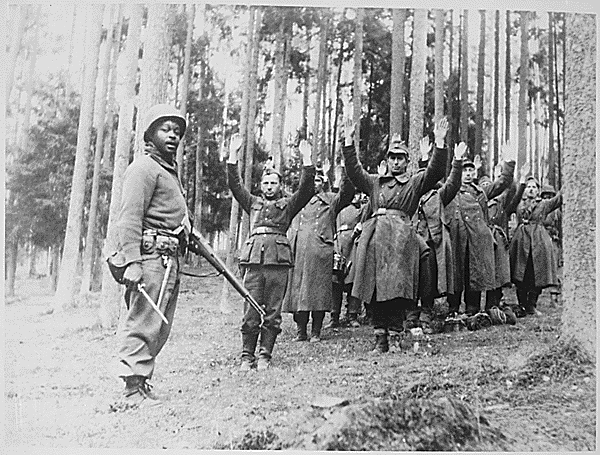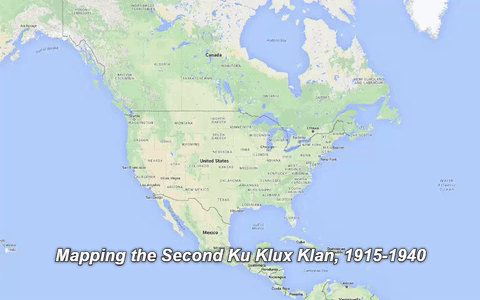A “CyberWar 2.0” book published in 1998 had a chapter called “Information Peacekeeping: The Purest Form of War“.
Here’s the sort of cogent warning you will find, written by Robert D. Steele, which seems like it was written just yesterday.
…perhaps the most important aspect of Information Operations is the defensive aspect. Our highest priority, one we must undertake before attempting to influence others, is that of putting our own information commons in order. We must be able to assist and support our consumers with knowledge management concepts, doctrine, and capabilities, such that they can “make sense” of the information chaos surrounding them.
Also notable from Robert Steele was his keynote presentation called “Hackers as a National Resource” at Hackers on Planet Earth (HOPE), New York, 13-14 August 1994.
And perhaps to emphasize again how similar things sound in the 1990s and today, here’s Strassman’s position that a mono-culture of big tech (Microsoft at that time) was a threat to US national security.
Microsoft has projected a vision of a world that is inter-connected with Microsoft centers from where each computer receives not only its operating software but also a continuous stream of data and applications.
Recently I’ve been interviewed for podcasts, etc and people have started asking what it was like being involved in cyber war so “early”… to which I have to admit that to me my timing felt a bit late.
There already was at least a decade if not more of experts and hackers with established reputations, headlines had been alarmist since the early 1980s, and thus I started my professional work in 1994 with a sense of urgency — had a lot of catching up to do. Hope that helps puts 2021 headlines in some perspective.

